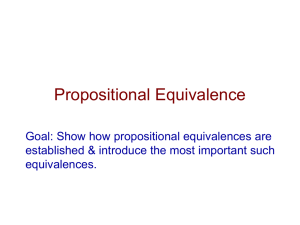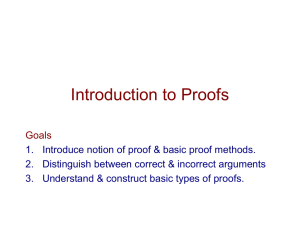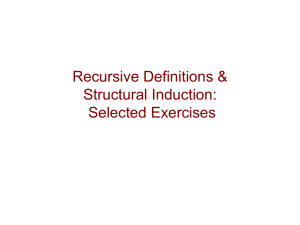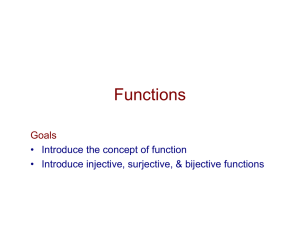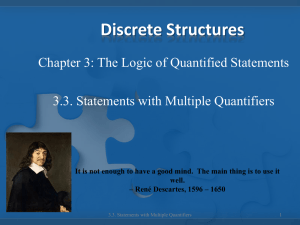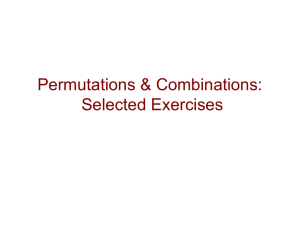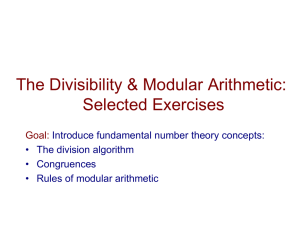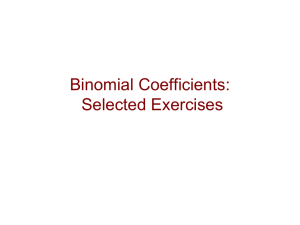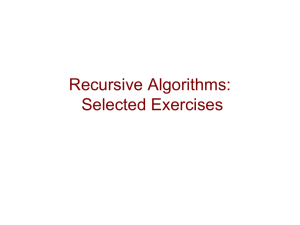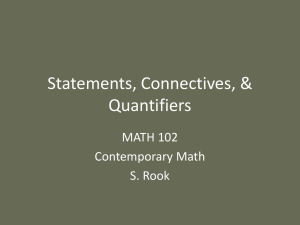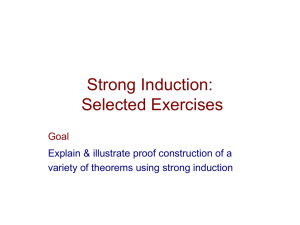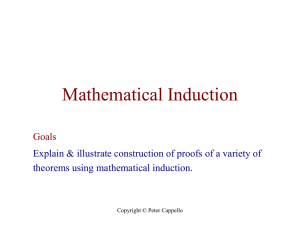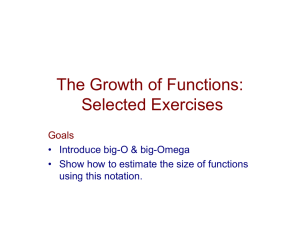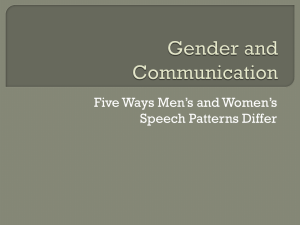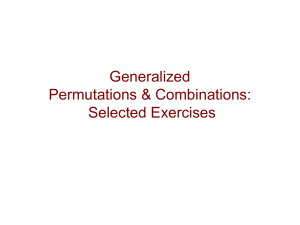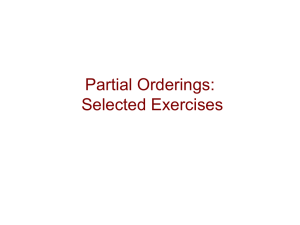1.4 - UCSB Computer Science
advertisement
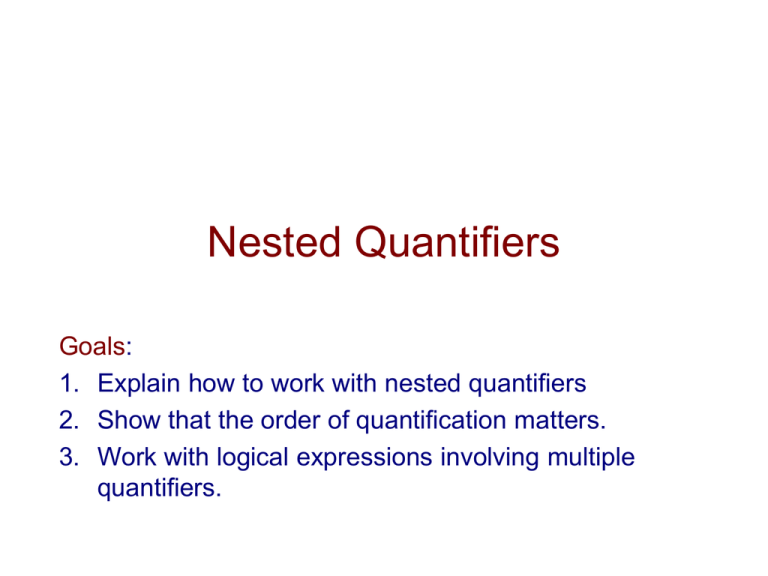
Nested Quantifiers
Goals:
1. Explain how to work with nested quantifiers
2. Show that the order of quantification matters.
3. Work with logical expressions involving multiple
quantifiers.
Nested Iteration
• Let the domain be { 1, 2, …, 10 }.
• Let P( x, y ) denote x > y.
• x y P( x, y ) means x ( y P( x, y ) )
Is the above statement true?
Copyright © Peter Cappello
2
boolean axEyP() // x y P( x, y )
{
for ( int x = 1; x <= 10; x++ )
{
boolean b = false;
for ( int y = 1; y <= 10; y++ )
{
if ( x > y )
{
b = true;
break; // finding 1 y value is enough
}
}
if ( ! b )
return false;
}
return true;
}
Copyright © Peter Cappello
Computational
Interpretation
3
Multiple Quantifiers
Legend: A
B is valid
x y P(x, y)
y x P(x, y)
y x P(x, y)
x y P(x, y)
x y P(x, y)
y x P(x, y)
y x P(x, y)
x y P(x, y)
Copyright © Peter Cappello
4
Translate to English
• Let the domain be the real numbers.
x y ( ( x ≥ 0 y < 0 ) x – y > 0 )
• Is there something wrong with
x ( ( x ≥ 0 y ( y < 0 ) ) x – y > 0 )
Copyright © Peter Cappello
5
Translate to a Logical Expression
•
Let Q( s, q ) denote “s has been a contestant on quiz
show q”
•
I( s1, s2 ) denote “student s1 is student s2”
•
The domain for s, s1, s2 is students at UCSB.
•
The domain for q is quiz shows on TV.
•
Give a logical expression for:
1. Every TV quiz show has had a student from UCSB
as a contestant.
2. At least 2 students from UCSB have been
contestants on Jeopardy.
Copyright © Peter Cappello
6
Translations
1. q s Q( s, q )
Copyright © Peter Cappello
7
2. s1 s2 ( I( s1, s2 )
Q( s1, Jeopardy ) Q( s2 , Jeopardy )
)
Copyright © Peter Cappello
8
Negating Nested Quantifiers
Negate x y ( P( x, y ) Q( x, y ) ) so that
no quantifiers are negated.
1. x y ( P( x, y ) Q( x, y ) ).
Copyright © Peter Cappello
9
Negating Nested Quantifiers
Negate x y ( P( x, y ) Q( x, y ) ) so that
no quantifiers are negated.
1. x y ( P( x, y ) Q( x, y ) ).
2. x y ( P( x, y ) Q( x, y ) ).
Copyright © Peter Cappello
10
Negating Nested Quantifiers
Negate x y ( P( x, y ) Q( x, y ) ) so that
no quantifiers are negated.
1. x y ( P( x, y ) Q( x, y ) ).
2. x y ( P( x, y ) Q( x, y ) ).
3. x y ( P( x, y ) Q( x, y ) ).
Copyright © Peter Cappello
11
Negating Nested Quantifiers
Negate x y ( P( x, y ) Q( x, y ) ) so that
no quantifiers are negated.
1. x y ( P( x, y ) Q( x, y ) ).
2. x y ( P( x, y ) Q( x, y ) ).
3. x y ( P( x, y ) Q( x, y ) ).
4.
x y ( P( x, y ) Q( x, y ) ).
Copyright © Peter Cappello
12



